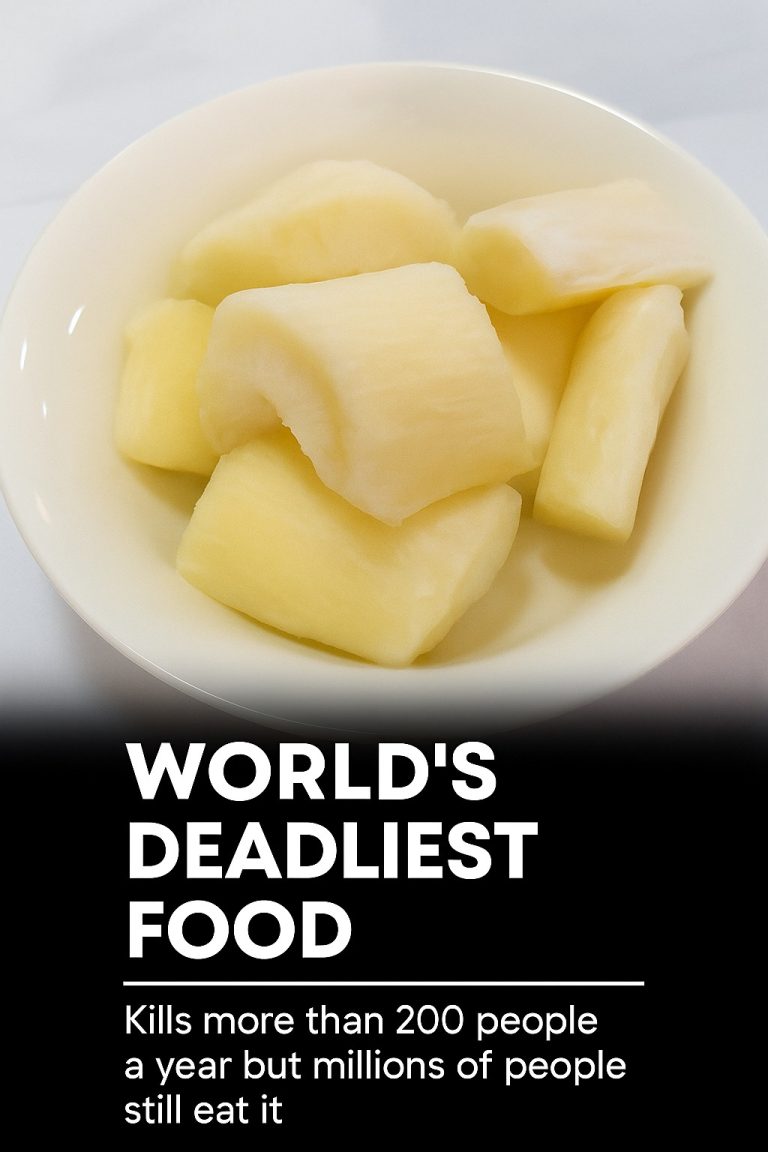How Does Poisoning Happen?
Cyanide poisoning from cassava is not random — it’s often the result of survival under extreme conditions:
Drought or famine – Forces people to harvest cassava too early, when cyanide levels are highest.
Lack of water – Prevents proper soaking and washing.
Poverty and food insecurity – Limits access to diverse diets, making people reliant on a single, risky crop.
Lack of knowledge or time – Traditional detox methods are skipped due to urgency.
In many cases, families eat cassava that hasn’t been soaked, fermented, dried, or cooked long enough to remove the toxins.
How to Make Cassava Safe to Eat
The good news? Cassava can be made completely safe through proper preparation. Traditional methods, passed down for generations, are remarkably effective at removing cyanide.
Safe Preparation Steps:
Peel the root – Most toxins are concentrated in the skin.
Soak in water for 1–3 days – Fermentation breaks down cyanide compounds.
Grate and squeeze – Removes toxic liquid.
Dry in the sun – Further reduces moisture and toxins.
Cook thoroughly – Boiling, roasting, or frying neutralizes any remaining cyanide.
When these steps are followed, cassava is not only safe — it’s nutritious, providing energy, fiber, and small amounts of calcium, vitamin C, and B vitamins.
Why Do So Many People Still Eat It?
Next Page
